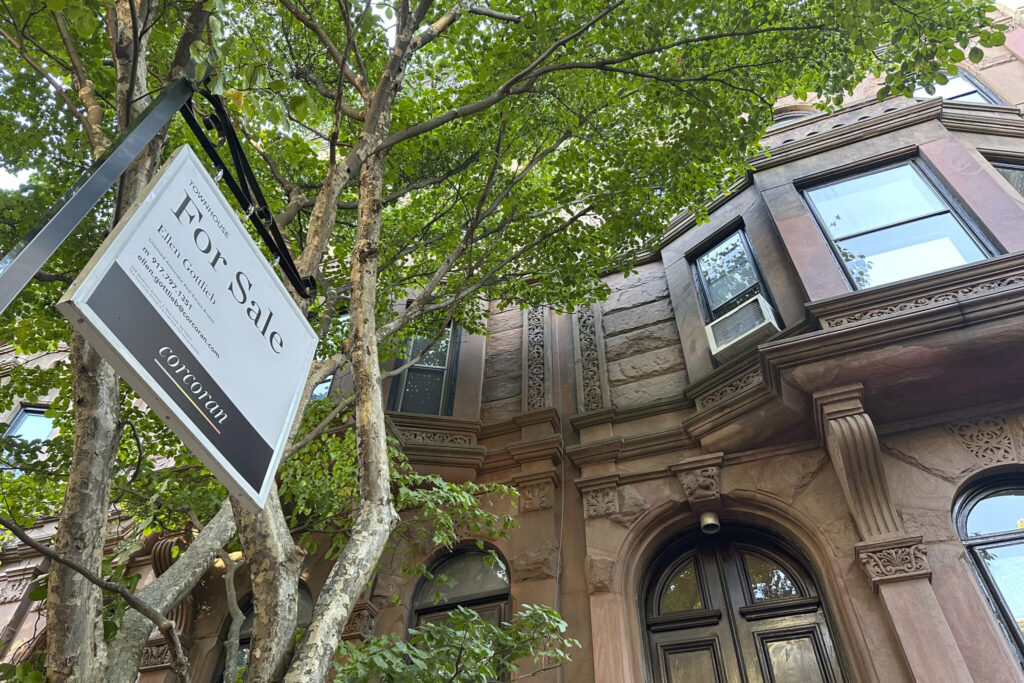Mortgage rates/ 30-year mortgage/ housing market/ interest rates/ Treasury yields/ U.S. economy/ refinancing/ home buying/ Newslooks/ WASHINGTON/ J. Mansour/ Morning Edition/ The average rate on a 30-year mortgage in the U.S. has risen for the sixth consecutive week, reaching 6.79%, its highest since early July, according to Freddie Mac. Rising Treasury yields and economic expectations under President-elect Trump’s policies are contributing factors. The climb in rates is dampening mortgage demand, particularly in the refinancing sector, as potential buyers face higher borrowing costs.
“Mortgage Rate Increases Quick Looks”
- Sixth Week of Rising Rates: The average 30-year mortgage rate rose to 6.79%, its highest since July.
- Impact on Borrowing Costs: Higher rates increase monthly mortgage expenses, reducing buyer purchasing power as home prices stay high.
- Influence of Bond Yields: Rising 10-year Treasury yields, up to 4.36% from 3.62% in mid-September, are pushing mortgage rates higher.
- Refinance Demand Drops: Applications to refinance mortgages fell 19% last week, as higher rates discourage borrowers.
- Election Impact: Expectations around Trump’s economic plans, including tariffs and tax cuts, contribute to bond yield increases.
U.S. 30-Year Mortgage Rate Rises for Sixth Consecutive Week
Deep Look
The average U.S. 30-year mortgage rate increased for the sixth consecutive week, reaching 6.79% according to Freddie Mac’s report on Thursday. This marks the highest level for mortgage rates since early July, with the steady climb in rates adding pressure on homebuyers and those seeking to refinance. For comparison, this time last year, the 30-year rate was notably higher at 7.5%.
The 15-year fixed-rate mortgage, a popular option among homeowners looking to refinance, also saw a slight increase this week, rising to 6% from 5.99% last week. This remains below last year’s rate of 6.81%, yet higher than recent months, reflecting a similar upward trend in borrowing costs across the board.
Increased mortgage rates can add significant expenses to monthly payments, reducing what buyers can afford in a market where home prices remain near record highs. The housing market, already in a sales slump since 2022, faces additional headwinds as higher rates deter potential buyers and refinancing candidates alike.
Mortgage rates are primarily influenced by the yield on 10-year U.S. Treasury bonds, which serve as a benchmark for lenders setting home loan prices. Treasury yields have surged recently due to expectations surrounding President-elect Donald Trump’s economic policies, including proposed higher tariffs, tax cuts, and regulatory rollbacks. Analysts anticipate that these policies could lead to faster economic growth, increased inflation, and more government debt—all factors that tend to drive up bond yields.
As of Thursday midday, the 10-year Treasury yield had climbed to 4.36%, up from 3.62% in mid-September. This jump in bond yields aligns with investors’ anticipation of increased federal spending and lower tax rates, fueling expectations of economic expansion and inflation.
The last time the average 30-year mortgage rate was this high was on July 11, when it reached 6.89%. Rates had fallen significantly in late September, dipping as low as 6.08%—their lowest in two years—after the Federal Reserve’s decision to cut its main interest rate for the first time in over four years. Although the Fed does not directly set mortgage rates, its policy decisions often influence market rates. The Fed’s pivot in September was intended to support economic stability by lowering borrowing costs, which initially helped bring mortgage rates down.
However, recent election developments and Trump’s economic proposals have led analysts to adjust expectations for mortgage rates, predicting that rates will likely remain elevated through the end of the year. “While we still expect mortgage rates to stabilize by the end of the year, they will likely be at a higher level than markets were initially expecting prior to election week,” said Ralph McLaughlin, senior economist at Realtor.com.
The rising mortgage rates have discouraged some prospective homebuyers, with mortgage applications falling for the sixth straight week, according to the Mortgage Bankers Association (MBA). Last week, mortgage applications declined by 10.8% on a seasonally adjusted basis from the previous week. Applications for refinancing fell by 19%, though they remain 48% higher than the same period last year when mortgage rates were at their peak.
MBA CEO Bob Broeksmit noted that “rates and borrower demand will likely remain volatile in the coming weeks as financial markets digest both the election results and the Fed’s upcoming monetary policy decisions.”
With borrowing costs on the rise and financial markets adjusting to anticipated changes, the mortgage landscape continues to challenge potential homebuyers. Economic policies under Trump’s new administration, combined with the Fed’s interest rate cuts, could shape mortgage trends as the year concludes.







